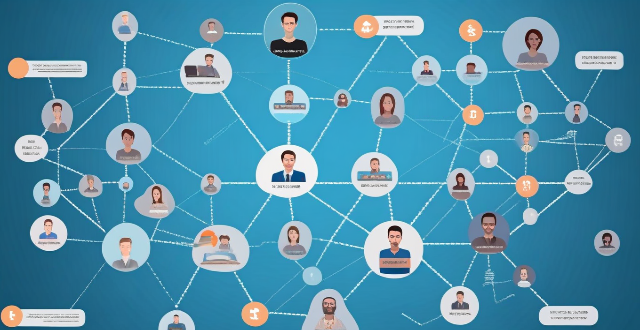TV networks employ various strategies to handle unauthorized leaks and spoilers, including security measures like watermarking and encryption, monitoring online platforms for leaks, taking legal actions against those responsible for significant leaks, collaborating with partners to ensure secure distribution, and educating viewers on responsible viewing habits. These efforts aim to maintain control over content and protect the viewing experience for audiences globally.

How Do TV Networks Handle Unauthorized Leaks and Spoilers for Their Shows?
TV networks face a constant challenge in managing unauthorized leaks and spoilers for their shows. These unauthorized releases can negatively impact the viewing experience and potentially harm the network's reputation. In response, TV networks employ various strategies to mitigate these issues. Here's a detailed look at how they handle such situations:
Employing Security Measures
Watermarking and Encryption
To prevent unauthorized distribution of content, TV networks often watermark their episodes and use encryption techniques. This makes it easier to trace the source of any leaks and deters potential leakers by ensuring that the content is not easily shareable.
Restricting Access
Networks limit access to unreleased content to only essential personnel who have a legitimate need to view it. This reduces the number of potential leak sources and allows for better control over who sees the content and when.
Monitoring Online Platforms
Social Media Surveillance
TV networks closely monitor social media platforms for any signs of leaks or spoilers. They use automated tools to track keywords and hashtags related to their shows, allowing them to quickly identify and address any unauthorized content.
Digital Rights Management (DRM)
Networks implement DRM technologies to control how their content is distributed and consumed online. This includes setting expiration dates on videos, limiting the number of views, and restricting downloads, making it more difficult for unauthorized parties to share leaked content.
Legal Actions
Takedown Notices
When unauthorized content appears online, TV networks issue takedown notices to the hosting platforms. These notices request the immediate removal of the content under copyright laws, helping to minimize the spread of spoilers.
Legal Proceedings
In severe cases, TV networks may pursue legal action against those responsible for significant leaks. This can serve as a strong deterrent and sends a clear message about the network's commitment to protecting its intellectual property.
Collaborating with Partners
Working with Distributors
TV networks work closely with distributors to ensure that episodes are delivered securely and only to authorized recipients. This collaboration helps to prevent leaks during the distribution process.
Building Relationships with Fan Sites
Some networks establish positive relationships with fan sites and communities. By doing so, they can encourage these groups to self-police and avoid sharing spoilers, creating a more spoiler-free environment for viewers.
Educating Viewers
Promoting Responsible Viewing
TV networks often run campaigns promoting responsible viewing habits, encouraging fans not to share spoilers and to respect others' desire to avoid them. This helps foster a culture where viewers actively protect the integrity of the viewing experience.
Offering Spoiler-Free Zones
Some networks provide spoiler-free zones on their websites or apps where fans can discuss shows without fear of encountering spoilers. This gives viewers a safe space to engage with others while minimizing the risk of accidental spoiler exposure.
By implementing these strategies, TV networks aim to maintain control over their content and protect the viewing experience for audiences around the globe.